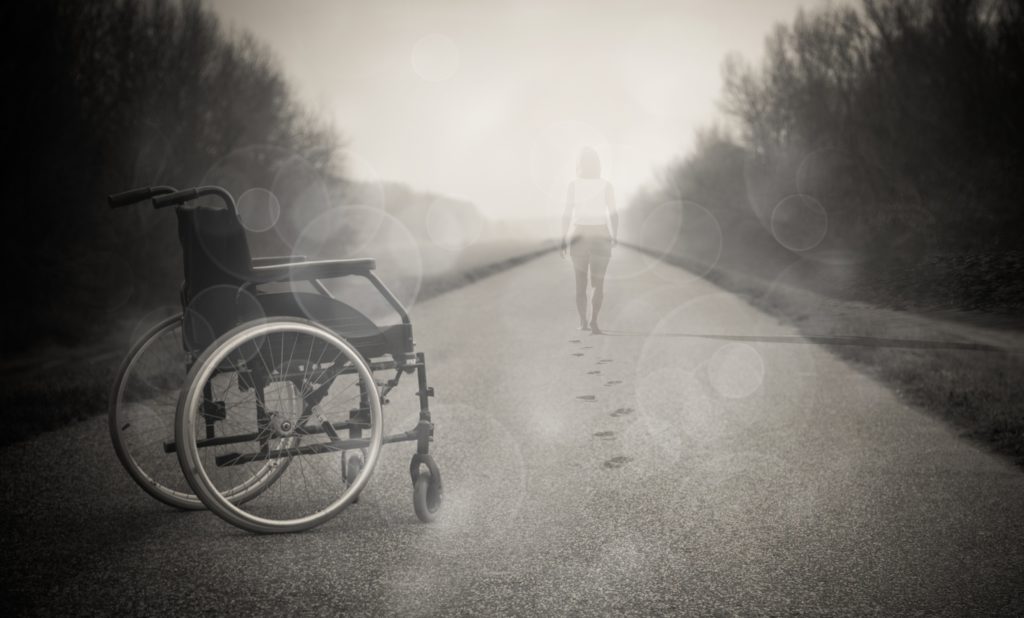
Topic: Disability and Violence Against Women
“Over 1 billion people worldwide experience a disability and, in the U.S. alone.”
Orange Day is a monthly occurrence on the 25th of each month in 2017, designated by the U.N.’s UNiTE to End Violence Against Women campaign, to raise awareness about, and end, violence against women and girls. March 25th, was dedicated specifically to Violence Against Women and Girls with Disabilities.
According to the World Health Organization, over 1 billion people worldwide experience a disability and, in the U.S. alone, 1 in 5 have a disability. The statistics regarding these individuals being victimized are horrifying: Women and girls with disabilities are 1.5 to 10 times more likely to be abused by a family member or caregiver than our non-disabled counterparts.
That’s right, I said “our.” At birth, I was diagnosed with a neuromuscular condition called spinal muscular atrophy and while I am lucky enough not to fall under the statistics of abuse, I am attuned to how this violence affects the disabled community. To better understand this epidemic, let’s talk about why disabled women are more likely to be victims of violence and what we can do to protect ourselves.
Limitations in Abilities
Having a disability means that our condition affects our daily life in a major way (e.g., mobility, cognitive abilities, etc.). Although these limitations don’t have to keep us from living full and healthy lives, we have to acknowledge that by the very definition of disabilities, they make us vulnerable to abuse.
If your disability is visible to the world, like mine, it’s almost like slapping on a PICK ME sign. Those seeking to do us harm, whether it’s a stranger looking to steal or a relative/caregiver, see us as easy victims who can’t fight back.
Lack of Healthy Support
Our disabilities can isolate us from other people for a whole host of reasons, including health issues, cognitive abilities, and actual physical barriers (e.g., stairs, uneven terrain, etc.). Like nondisabled women, being isolated can make us more vulnerable to abuse and unhealthy relationships because we may think these relationships are normal or we might not have anyone to confide in. Our conditions only exacerbate this level of isolation – they literally separate us from nondisabled women and could make it more difficult to form relationships or find the emotional support necessary to report abuse.
How Can We Protect Ourselves?
Please don’t let this bleak picture fool you: There is hope for women and girls with disabilities to protect themselves from violence. First, we have to educate people on issues like consent, inappropriate vs. appropriate touching, and reporting abuse. Second, the disabled community must come together and share advice, tips, and resources for keeping us safe. Third, we have to work with the nondisabled community as well. Our disabilities shouldn’t isolate us from the nondisabled because we’re alike in every other way. If we all come together as one community, wanting to end violence against women and girls, we can achieve this goal and make the world that much safer.
For more information about violence against women with disabilities, check out these resources:
RAINN – Sexual Abuse of People with Disabilities
US News – Americans with Disabilities More Often Victims of Violent Crimes
CDC – Resources for Childhood Maltreatment among Children with Disabilities
About the Author

Kavita Chintapalli is a freelance social media manager and community manager with experience in creating content and building communities on social media. She enjoys all things beauty-related, interesting tech gadgets, blogging, and social media. Connect with Kavita on Twitter @kavita1010 and on her website: http://kavitachintapalli.com.